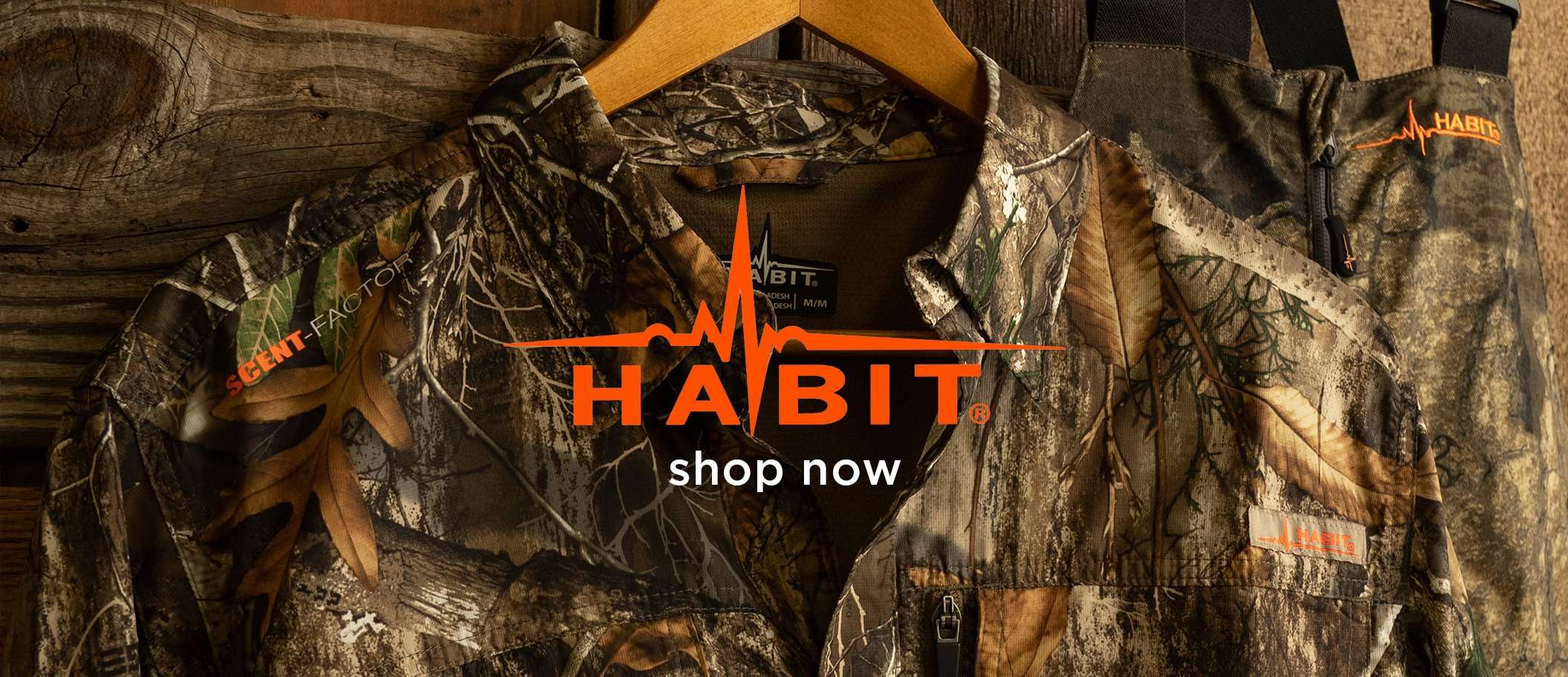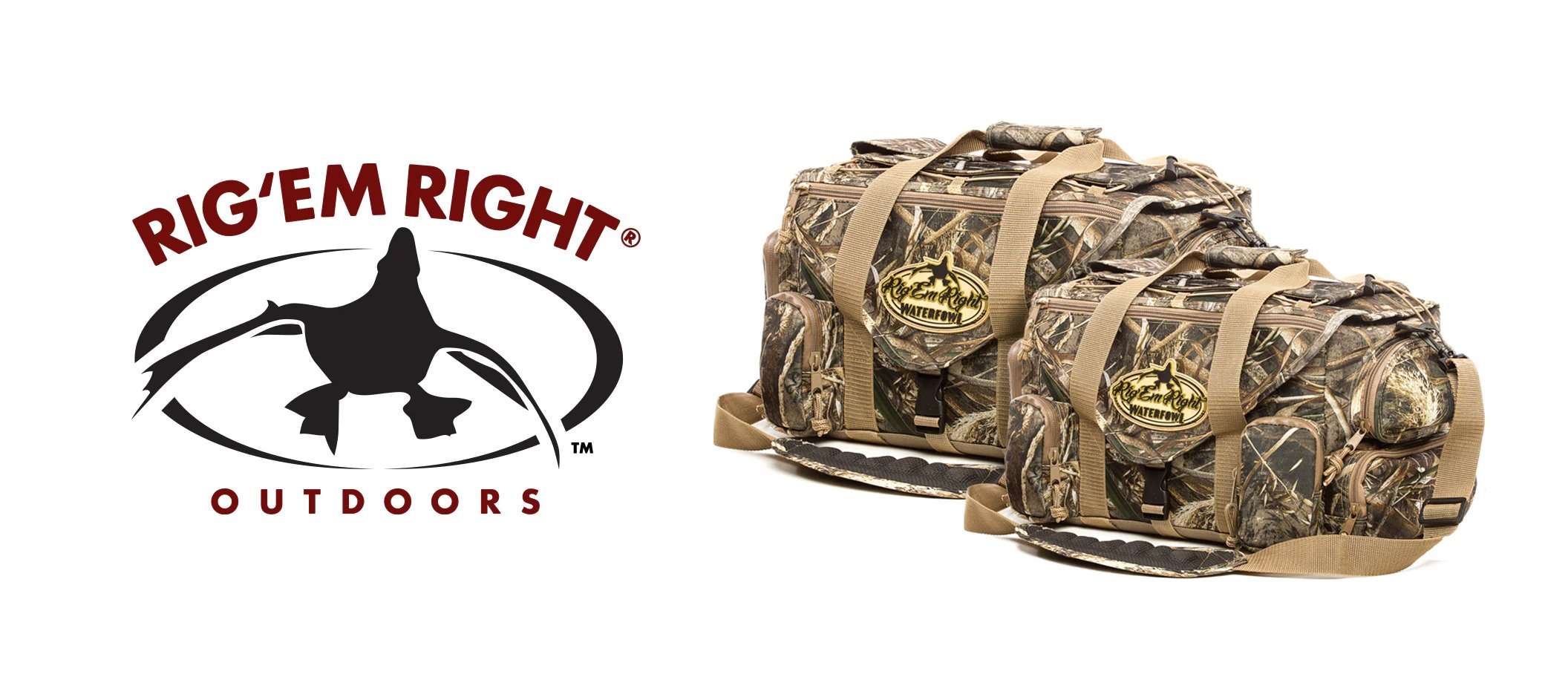Trophy bucks can behave like a different species compared to young bucks and does. Here’s how to put the odds in your favor

The author poses with a huge Kentucky velvet 8-pointer that scored approximately 164 inches. Image courtesy of Josh Honeycutt
Hunting mature bucks is difficult. That statement is as simple but true as any I can say about chasing older age class bucks. Pursuing a 4 ½-plus-year-old deer is a completely different game than hunting does and younger bucks. As such, it’s important to know which tactics make killing mature deer easier.
I’ve been deer hunting for more than 20 years. And in that time, I’ve been fortunate to harvest some dandy bucks, including numerous 140s-class bucks and even a couple of studs in the 160s. A fair share of big whitetails have my tags on them, and almost all those hunts required some or all the below “secrets.”

Understanding where and how to locate top-end deer is a serious time commitment. Image by Realtree
1. Know How to Find Big Deer
To kill a big whitetail, you must find one first. Often, it’s more difficult to locate a top-end buck than it is to shoot one. It all hinges on location. While some hunters hire outfitters to hunt choice areas, most don’t. They either cast a wide net and secure multiple places to hunt, which increases the odds of a finding a big deer living somewhere, or they make the ground they do have as attractive as possible to big deer.
The tactic I use most is something of a Whack-a-Mole approach. This is where hunters work hard to locate big deer on different properties. But it often means getting regular and new access to different properties. This is only possible by doing a lot of scouting from the road or paying others to scout for you. Then, you must secure access, if possible. Under the right circumstances, this is possible on public land. But for the most part, you’ll need to either gain permission or lease land to really put the odds in your favor.
Other hunters implement the “farming for whitetails” strategy, which entails managing as many acres as possible to produce older and bigger deer. Some own the land they manage, and some lease it. Regardless, securing access to big deer costs money, whether it’s fuel from scouting, a lease payment, food plot expenses, or a land loan. The reality is, big buck hunting is becoming more of a pay-to-play endeavor all the time.
2. Focus on Small Properties
If you can’t afford to own or lease big pieces of land (most of us can’t), and you don’t want to hunt public land, start focusing on smaller tracts of private land. Often, it’s easier to gain permission to hunt these, and even leasing them tends to be more economical. Just 5 or 10 acres of the right habitat can produce a mature whitetail, especially if the property borders a larger choice property. For proof, consider the number of mature whitetails that are being taken on suburban properties. Small tracts of land that offer bedding cover, food sources, or watering holes can be gold.
3. Hold Bucks for When It Matters
Few properties hold mature bucks 24 hours a day, 365 days per year. On smaller properties, focus on daytime usage for a specific time of the year. In short, it’s important to align your property for consistent bed-to-feed patterns that occur in or near daylight hours.
To do this, implement bedding cover that holds mature deer on your property during legal hunting hours (away from neighboring properties). Furthermore, provide staging area food sources between bedding cover (on your land) and destinations food sources, regardless of whether those destination food sources are on your property or a neighbor’s. Doing this will increase the odds that deer spend maximum daylight hours where you hunt.
Don’t Miss: DON’T KID YOURSELF: WEATHER AND MOON MATTER FOR DEER HUNTING
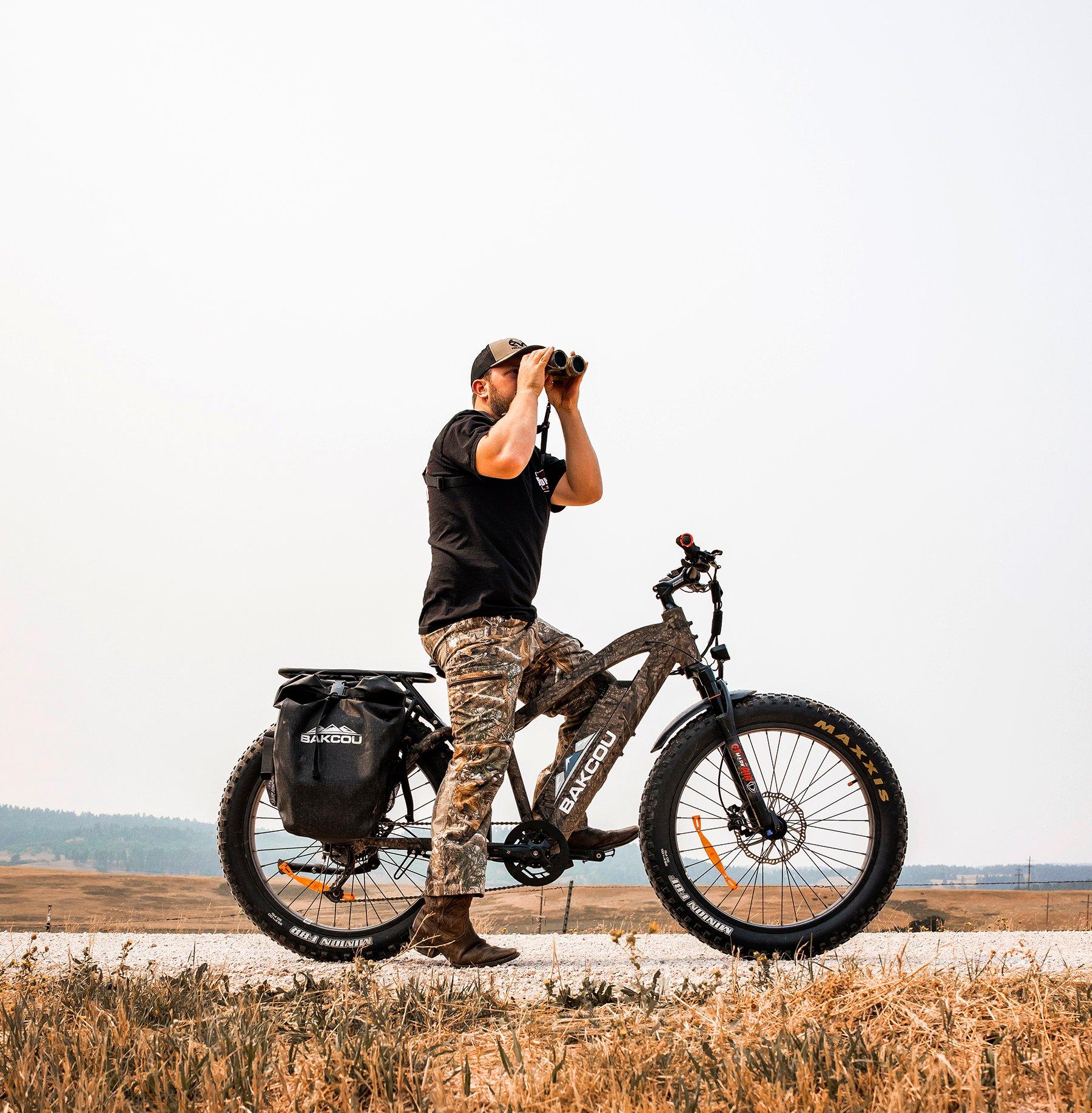
Spend more time scouting than hunting and you’ll have better hunts. Image by Realtree
4. Do a Personality Profile
Mature bucks all exhibit traits and tendencies that develop into patterns and perceived personalities. While deer don’t have personalities in the human sense, many of them do have behavior quirks. These are crafted by tendencies, including bedding habits, food preferences, human tolerance, rut participation, willingness to fight, and more. Over time, hunters can develop a game plan around these factors that are unique to their specific target buck.
5. Don’t Follow the Crowd
Deer hunters who regularly hunt the way everyone around them does tend to experience less success. Those who find unique ways to target local, mature deer, usually have greater odds of filling their buck tags. When you hunt the same as all other hunters around, deer begin to pattern your behavior instead of you patterning them.
Therefore, it’s important to think uniquely and find alternative tactics that catch bucks off guard.
There are many examples of this. Implement new entry and exit routes. Try using a boat or a farmer’s tractor to access your stand. Hunt an unorthodox treestand location, such as a short cedar tree that only puts you 6 to 8 feet in the air. Perhaps it might even mean targeting a mature buck on an early season morning hunt when it otherwise would not make sense to do so. Those who routinely shoot mature bucks aren’t afraid to try unorthodox tactics.
6. Hunting Less Is Better
Mature whitetails rarely make mistakes. They don’t move as frequently or without caution like younger bucks. Often, they only move under certain circumstances. It’s important to hunt when these are present, and be reserved when they aren’t. When multiple conditions align, seize the moment and get in a tree.
There are several situations to look for, like a sudden temperature drop after a warm spell, a sudden warmup after a long cold snap, or a rain event after a dry period. An incoming front after stagnant weather, or the first good cold front of the season is always worth a try. So is a major cold front in late October or early November when testosterone levels are ramping up. Of course, if you get daylight movement on a trail camera, or see a buck in person, move in before the pattern disappears. Waiting for one of these situations to present itself, and not hunting when they aren’t present, is part of targeting mature deer.
Don’t Miss: IS THE SOUTH THE COUNTRY’S NEW BIG BUCK BELT?
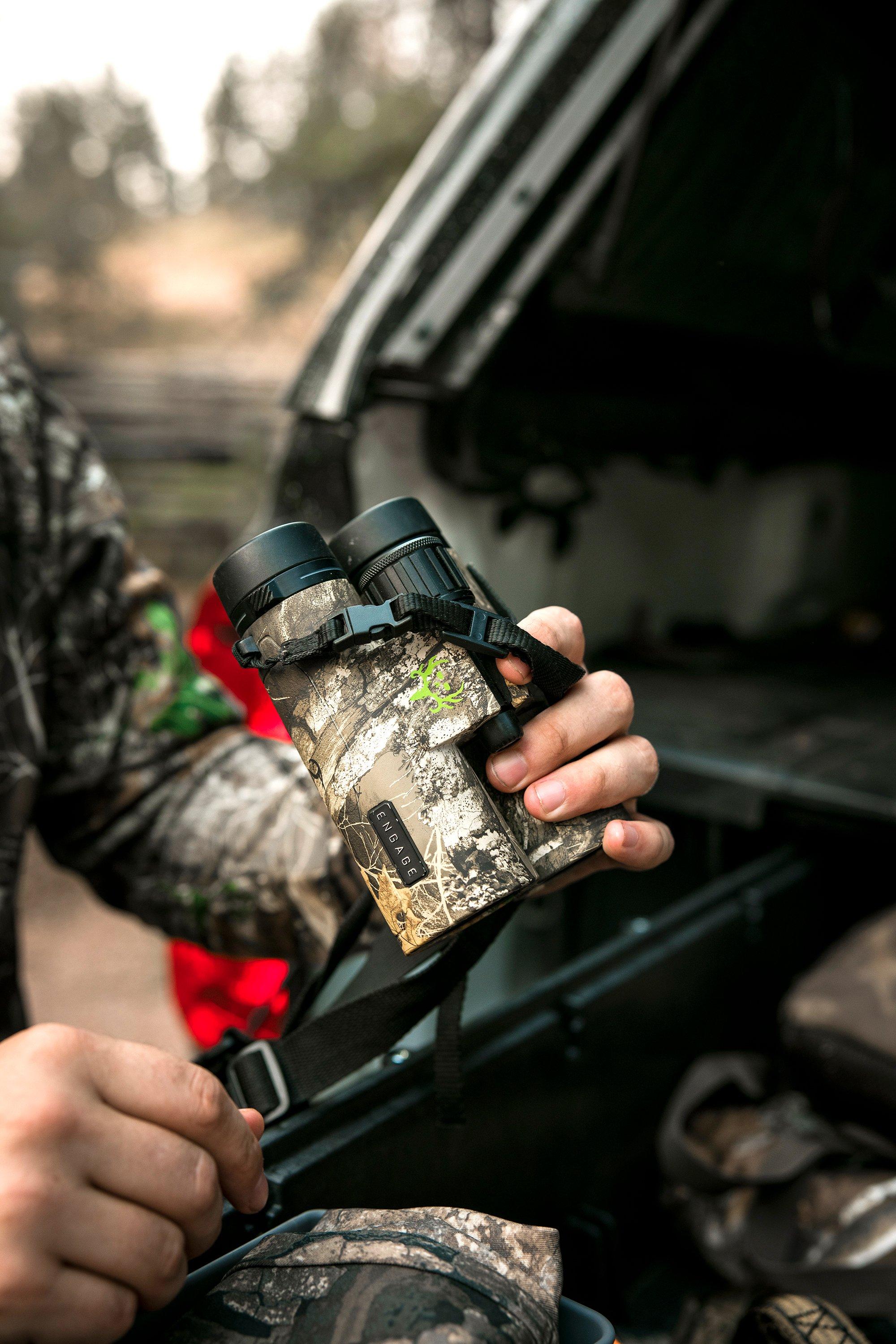
Never underestimate the power of good binos in capable hands. Image by Realtree
7. Hunt the Early Season and Pre-Rut
The rut is the worst time to target a specific mature deer. Deer movement in general isn’t as predictable, and a single estrus doe can pull your target buck into lands it otherwise wouldn’t be in. Because of this, it’s important to target mature deer outside of the rut. The best times to do this are the early season, pre-rut, and late season (in that order). Earlier in the season, deer are less pressured, have rising testosterone, and are more predictable.
8. Fresh Sign Means Everything
It’s easy to get wrapped up in old deer sign. You see that thigh-sized cedar tree with a 2-year-old rub on it, and think it’s game on. Don’t do that. That deer might be dead or have moved to a neighboring property.
Instead, focus on new buck sign, because deer patterns change regularly. Fresh beds, rubs, and scrapes are far more important than old sign. Even a brand-new monster buck track in a new area of the property can be more valuable than a rub made weeks prior elsewhere.
9. But Don’t Ignore Historical Consistency
Hunters who have multiple years of history with a deer should reflect on past trail camera photos and in-the-field encounters. You might see obscure patterns emerge. For example, bucks might return to their fall range in the same spot and at the same time (even down to the same date) each year. Or they might do certain things at certain times each year. Regardless, use this info to predict and capitalize on said behavior.
Don’t Miss: HOW TO READ DEER SIGN LIKE THE PROS
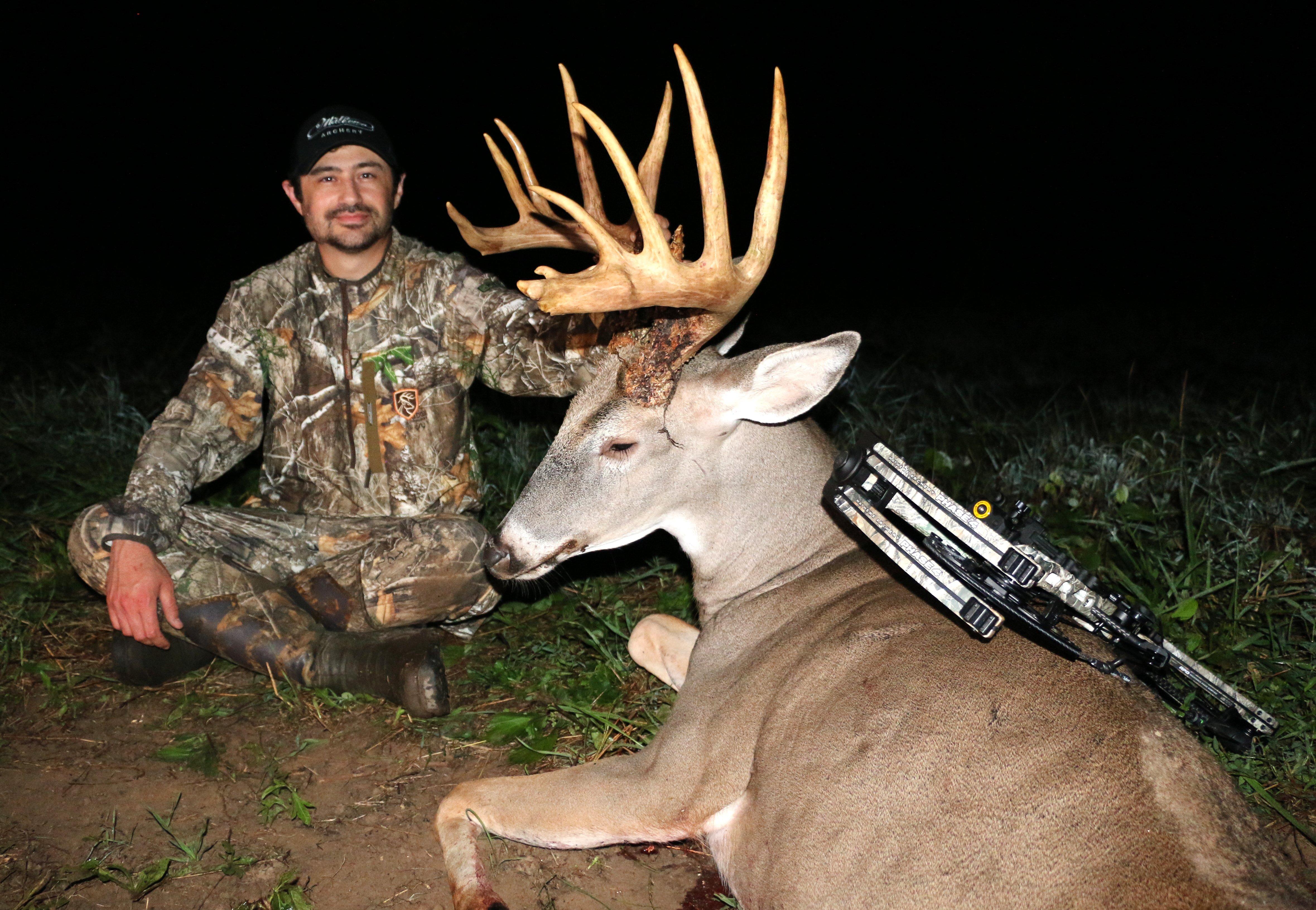
The author is all smiles with his 2023 Kentucky buck, which scored nearly 170 inches. Image courtesy of Josh Honeycutt
10. There’s an X Marking the Spot. Find It
Each property has a spot (or more, size and property layout depending) that checks the two most important boxes. First, it sees consistent daytime use by your target buck. And second, it’s an ideal spot to hunt that deer without alerting it or others. Finding these spots on the property is a must for consistently killing big whitetails.
11. Give Him the Wind (Sort Of)
Finally, if the deer is especially apprehensive about moving during daylight, consider giving it the wind. If it’s known to walk in the daylight, this risky tactic might not be worth using. But if the buck rarely moves without the wind in its favor, deploy the just-off wind tactic. This is where the wind is largely in the buck’s favor as it works toward your position, but it’s just off enough that the deer doesn’t enter your scent cone.
Most of the nice bucks I’ve personally taken over the years have been the result of implementing multiple strategies from the above list. On September 12, 2023, I arrowed the biggest buck of my life, and strategies 1, 3, 4, 6, 7, 9, 10, and 11 played direct roles in that success. On September 5, 2018, I arrowed the second biggest deer of my life. That punched tag was a direct result of numbers 1, 2, 3, 4, 6, 7, 9, 10, and 11.
Of course, all the above are important elements of targeting mature bucks. But of these, knowing how to find big deer, finding the absolute best stand location(s) to hunt target deer, and giving them the wind, are the three most important pieces of the puzzle. When you start aligning the above factors, you’ll fill more tags with big deer.
Don’t Miss: HUNTING THERMALS, AS EXPLAINED BY A METEOROLOGIST




